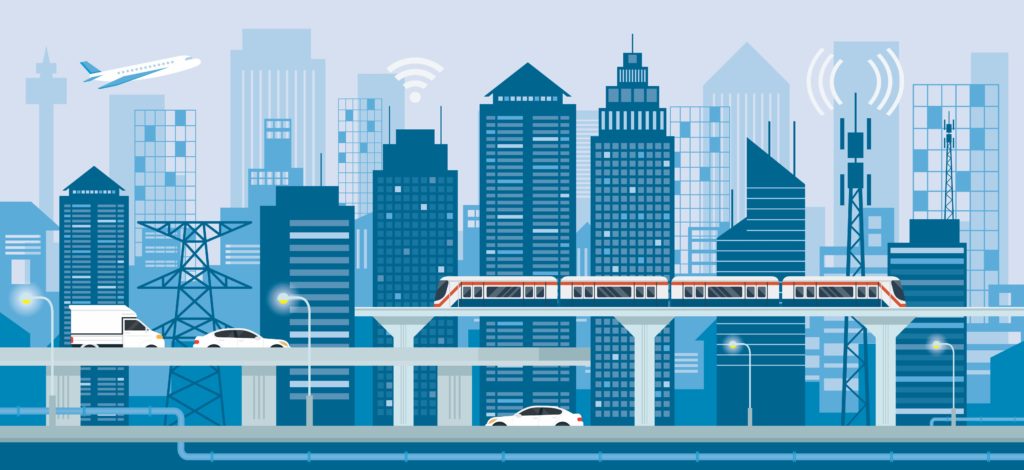News - Construction News
NAO: Government’s mega-projects need stronger governance

A new report from the NAO has called for better governance of government mega-projects, following the recurrent problems on HS2.
At a time when government is making changes to the ways in which major projects are organised and overseen, and intends to publish a 10-year infrastructure strategy later in 2025, the NAO report aims to improve strategic governance and decision-making. Some government projects are particularly costly, innovative, risky, complex and strategically significant, which the National Audit Office (NAO) has defined as ‘mega-projects’.
The NAO recommends government strengthens the governance of mega-projects, including more robust assurance about the affordability, value for money and feasibility of the project before it is approved.
Using its back catalogue of work auditing major projects such as HS2, the National Audit Office (NAO) report sets out characteristics of mega-projects, alongside insights into the governance challenges for these projects during the early stages and throughout delivery, which can take decades.
As mega-projects can often be costly and carry much risk and uncertainty, it is important that those involved in governance and decision-making are clear about purpose, deliverability and affordability.
There have been cases where differing views on critical issues have led to delays, pauses and the resetting of programmes. Mega-projects therefore need a shared and agreed vision and strong leadership. Without this agreement there is a risk of committing to mega-projects – and their budgets and timetables – too soon. This is particularly important considering the pressure for major projects to get started quickly.
To address the various risks that mega-projects face, the NAO makes a series of recommendations for HM Treasury and the new National Infrastructure and Service Transformation Authority (NISTA) including:
- HM Treasury and the National Infrastructure and Service Transformation Authority (NISTA) should improve how they categorise and define major projects according to their risk and strategic importance.
- HM Treasury and NISTA should strengthen the governance of mega-projects. This would ensure that accountability sits in the correct place, and that roles and responsibilities are clear and understood.
- HM Treasury and NISTA should improve project gateway and business case approval processes to ensure that government has robust assurance about the affordability, value for money and feasibility of the project before it is given final approval to proceed.
The report also includes questions for project sponsors to consider as they set up governance arrangements.
Gareth Davies, head of the NAO, said: “This report offers important insights from the National Audit Office’s work on government’s largest and riskiest projects. These lessons will assist the government as it makes changes to the way in which major projects are organised and overseen.
“Mega-projects often involve high levels of innovation, cost and risk, and can take decades to deliver and see the benefits. This means government needs stronger governance approaches for these projects.”
A statement from Sir Geoffrey Clifton-Brown, Chair of the Committee of Public Accounts: “The Public Accounts Committee has seen time and time again how difficult government finds it to deliver mega-projects. HS2 is a case in point for the billions of pounds worth of taxpayers’ money put at risk due to failures in governance and oversight.”
“Government clearly has a long way to go to learn from and address the common issues that plague these mega-projects. The NAO report should serve as an important guide for how government can strengthen governance and improve decision-making in the riskiest and most
complex projects it oversees.”
If you would like to read more stories like this, then please click here
Related Articles
More News
- Landfill tax will not enable the circular economy
11 Dec 25
The National Federation of Builders (NFB) has released a short report titled, ‘Going full circle:
- Belfast Harbour Secured as £100 Million Hub for Major Offshore Wind Projects
10 Dec 25
Belfast Harbour is set to become the primary assembly and construction hub for two of
- Government Earmarks Rail-Adjacent Land for Accelerated Housing Development
9 Dec 25
The UK government has announced a significant package of planning reforms designed to accelerate the






